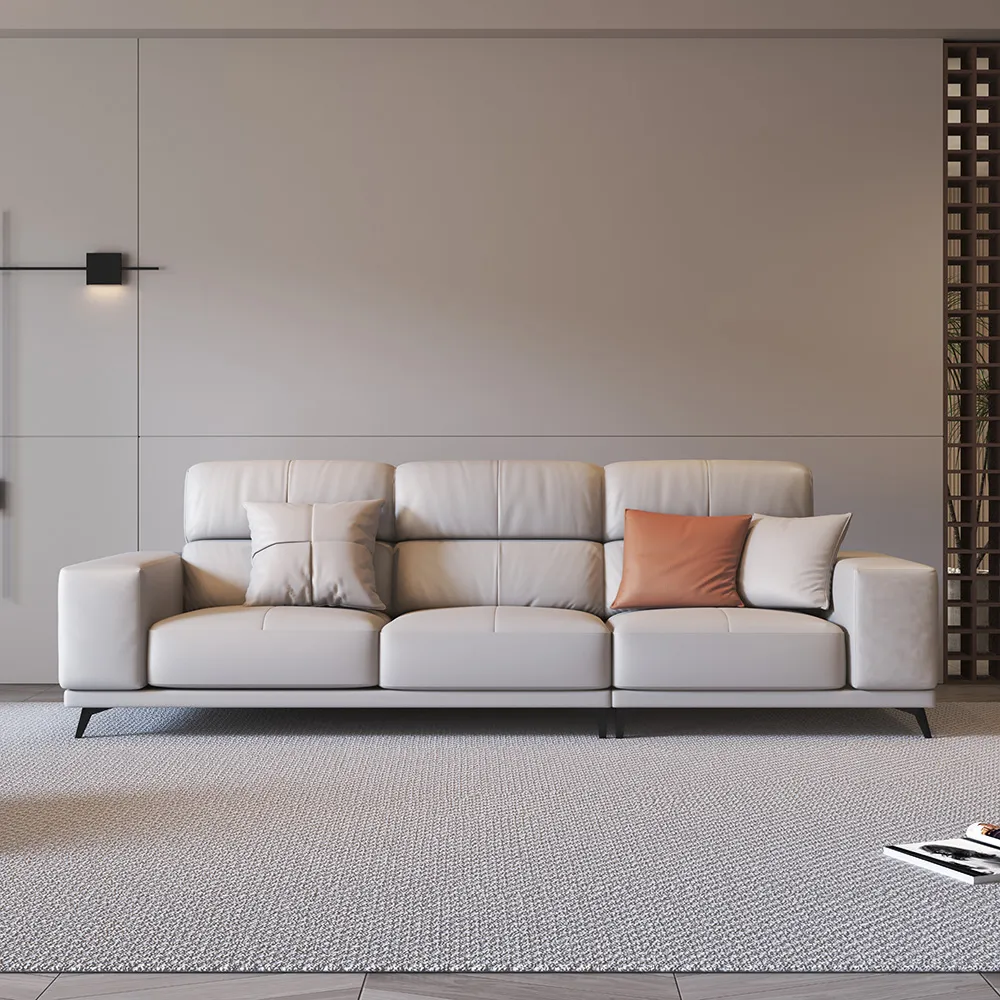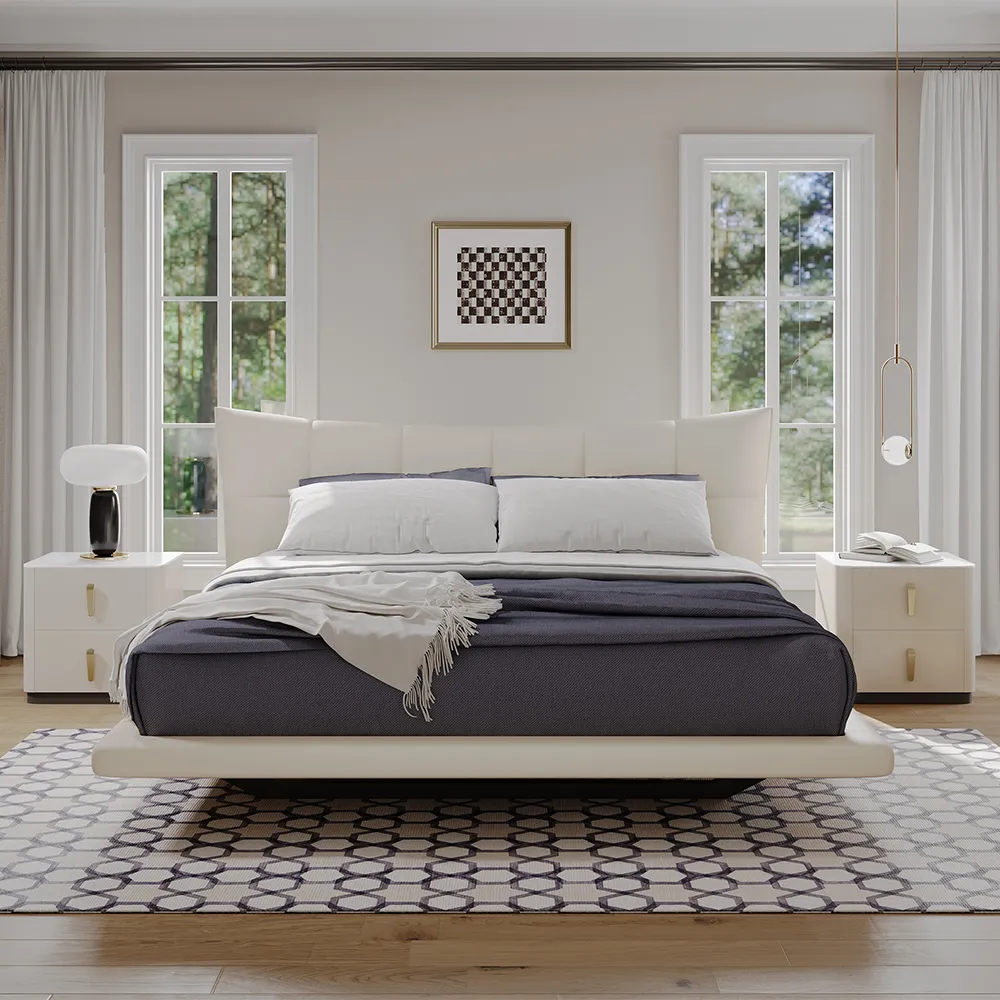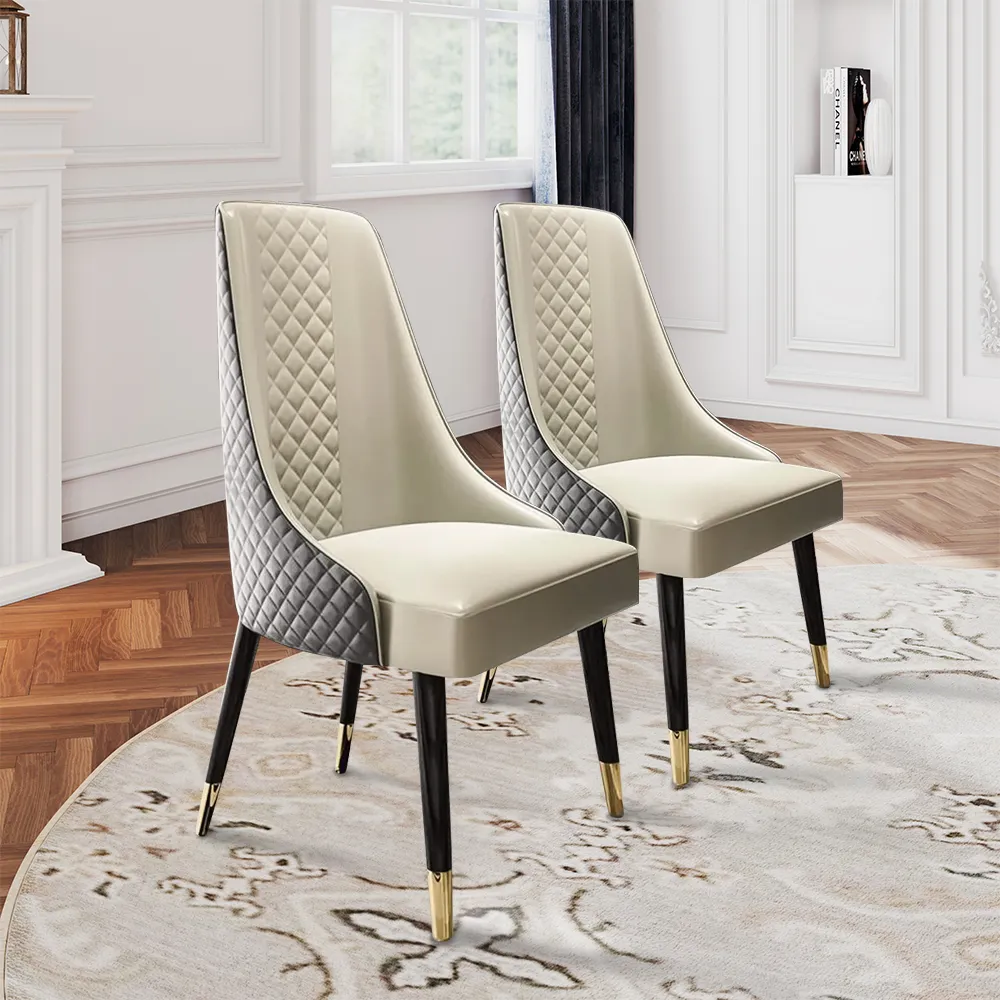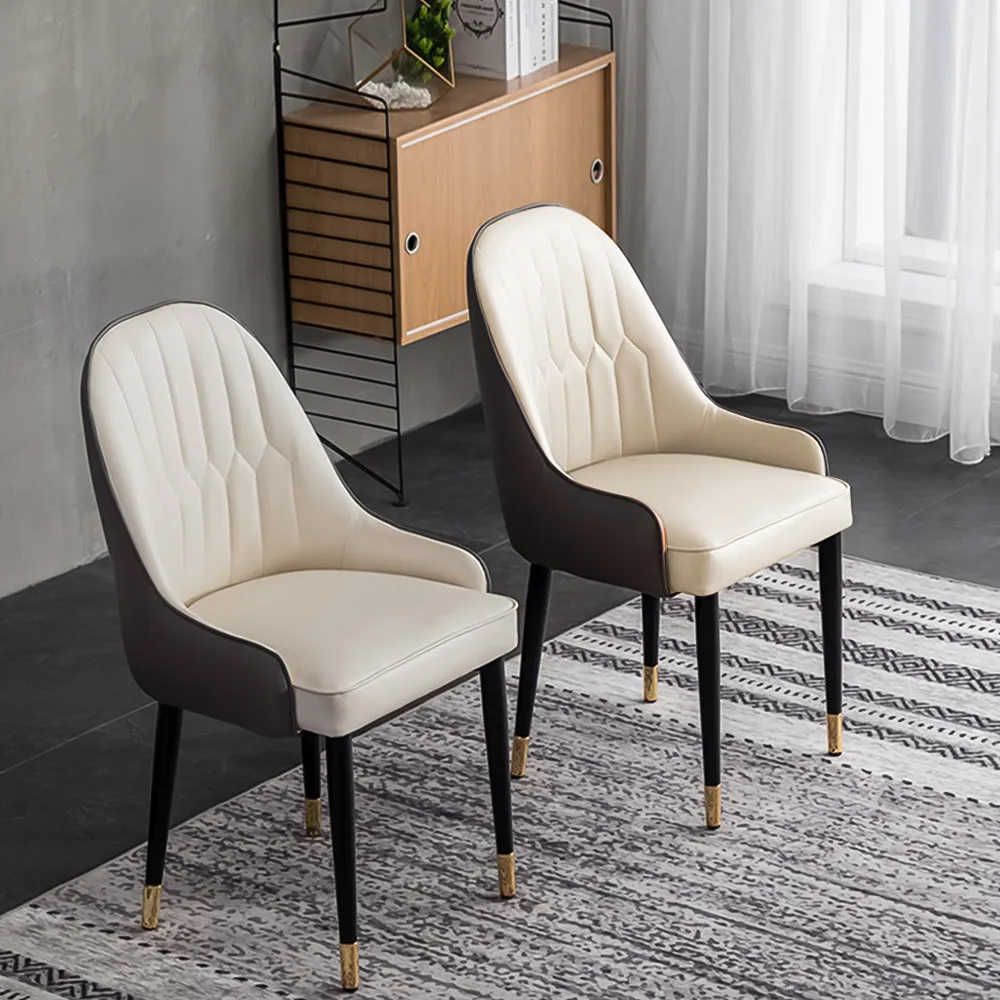Is faux leather furniture durable and will you choose faux leather furniture for your living house? It may depend on plenty of complex factors. Let’s explore the world of faux leather furniture, including to learn how to pick it up and clean it up.
People Also Read:
What is faux leather furniture? Pros and Cons
Faux leather, also known as synthetic or artificial leather, is a man-made material designed to mimic the look and feel of genuine leather. Composed of various synthetic materials like polyurethane or PVC, faux leather has gained popularity in the furniture industry for its affordability and versatility. Here’s an in-depth exploration of faux leather furniture, examining its pros and cons.
Pros of Faux Leather Furniture:
- Affordability: Faux leather furniture is generally more budget-friendly than genuine leather. This makes it an attractive option for those who desire the luxurious appearance of leather without the hefty price tag.
- Variety of Styles: Manufacturers can easily manipulate faux leather to create a wide range of styles and colors. This flexibility allows for diverse design options, making it easier for consumers to find pieces that complement their aesthetic preferences.
- Animal-Friendly: As a synthetic alternative, faux leather appeals to individuals who are ethically opposed to using animal products. Choosing faux leather promotes cruelty-free options without sacrificing style.
- Easy to Clean: Faux leather is often more resistant to stains than genuine leather. Its smooth surface makes it easy to wipe clean, making it a practical choice for households with children or pets.
- Consistency in Appearance: Unlike natural leather, faux leather maintains a consistent appearance. There are fewer imperfections, making it an appealing option for those who prefer a uniform look.
- Durability: While faux leather is durable, it may not match the longevity of genuine leather. It can be prone to cracking or peeling over time, especially with heavy use.
Cons of Faux Leather Furniture:
- Breathability: Faux leather lacks the natural breath-ability of genuine leather. This can lead to a less comfortable experience, particularly in warmer climates, as it may cause the material to become hot and sticky.
- Environmental Impact: The production of faux leather involves the use of synthetic materials, which can have a negative impact on the environment. Additionally, some manufacturing processes may release harmful chemicals.
- Limited Aging: Genuine leather develops a unique patina over time, showcasing its history and use. Faux leather lacks this aging quality, and its appearance may not improve with time.
- Quality Variations: The quality of faux leather can vary significantly depending on the manufacturer. Some may offer higher-quality options that closely resemble genuine leather, while others may produce lower-quality versions that lack durability.

Is faux leather durable?
Faux leather’s durability is one of its standout features. It’s designed to withstand the wear and tear of daily life. This synthetic material resists scratches and scrapes that might permanently damage genuine leather. Furthermore, it doesn’t absorb water, making it less prone to cracking and warping. Faux leather is particularly resistant to the challenges posed by pets, as it is puncture-resistant and doesn’t retain odors or fur.
However, it’s important to note that while faux leather is durable, it doesn’t match the longevity of genuine leather. Over time, particularly with constant use, faux leather can begin to show signs of wear, such as cracking or peeling. To extend its life, it’s advised to keep faux leather furniture away from prolonged sun exposure and to clean and maintain it regularly.

Is faux leather furniture hard to maintain?
Maintaining furniture is a key consideration for any homeowner, and faux leather comes with its own set of care requirements. Understanding how to care for faux leather furniture can impact its longevity and overall appearance.
Maintenance Tips for Faux Leather Furniture:
- Regular Cleaning:
Dust and dirt can accumulate on faux leather surfaces, so regular cleaning with a damp cloth is essential to prevent the buildup of grime. Avoid using harsh chemicals that can damage the material.
- Avoiding Direct Sunlight:
Prolonged exposure to direct sunlight can lead to fading and deterioration of faux leather. Positioning furniture away from windows or using window treatments can help preserve its color and integrity.
- Use of Mild Cleaners:
When dealing with stains, use mild soap or a gentle cleanser specifically designed for faux leather. Test any cleaning product on a small, inconspicuous area first to ensure it doesn’t cause discoloration.
- Protection from Sharp Objects:
Faux leather can be susceptible to punctures and scratches from sharp objects. Take precautions to avoid dragging sharp items across the surface, and use coasters or placemats to protect against scratches.
- Regular Conditioning:
While faux leather doesn’t require the same level of conditioning as genuine leather, applying a mild conditioner can help keep it supple and prevent drying or cracking.

Challenges in Faux Leather Furniture Maintenance:
- Peeling and Cracking:
Over time, faux leather may exhibit signs of wear, including peeling or cracking. This can be a challenge to repair, and prevention through proper care is crucial.
- Limited Repair Options:
Unlike genuine leather that can be professionally repaired and restored, faux leather has more limited repair options. Significant damage may necessitate replacing the affected components.
- Potential for Discoloration:
Certain cleaning products or environmental factors may contribute to discoloration. It’s essential to follow care instructions and be mindful of the products used to avoid unintended changes in color.
- Environmental Considerations:
Faux leather production involves synthetic materials, and some maintenance products may contain chemicals that can have environmental impacts. Consider eco-friendly alternatives when possible.

How to pick up faux leather furniture for your house?
When selecting faux leather furniture for your home, consider both style and functionality. Here’s how you can make a well-informed decision:
- Assess Your Needs: Think about the intended use of the furniture. If you have pets or children, look for faux leather that is particularly durable and easy to clean.
- Examine the Quality: Check the material. PU faux leather is generally preferred over PVC due to its greater durability and lesser environmental impact.
- Consider the Style: Faux leather comes in various colors and textures. Choose a style that complements your home’s decor while reflecting your personal taste.
- Test for Comfort: Since faux leather isn’t as breathable as real leather, sit on it to see if it feels comfortable for you.
- Think About Longevity: Remember that faux leather might not last as long as genuine leather. Consider whether you’re okay with replacing the furniture in a few years.
- Environmental Impact: If you’re environmentally conscious, look for newer, eco-friendly types of faux leather made from organic materials.
- Budget: Faux leather is more affordable than genuine leather, but prices can vary based on quality and design. Set a budget and find the best option within it.
Faux leather furniture offers a blend of style, affordability, and practicality, making it an attractive option for many homeowners. While it has its drawbacks in terms of breathability and longevity, its ease of maintenance and resistance to wear and tear make it a worthwhile consideration for your home. With those tips above, you can enjoy the luxurious look of leather in a more sustainable and budget-friendly way.